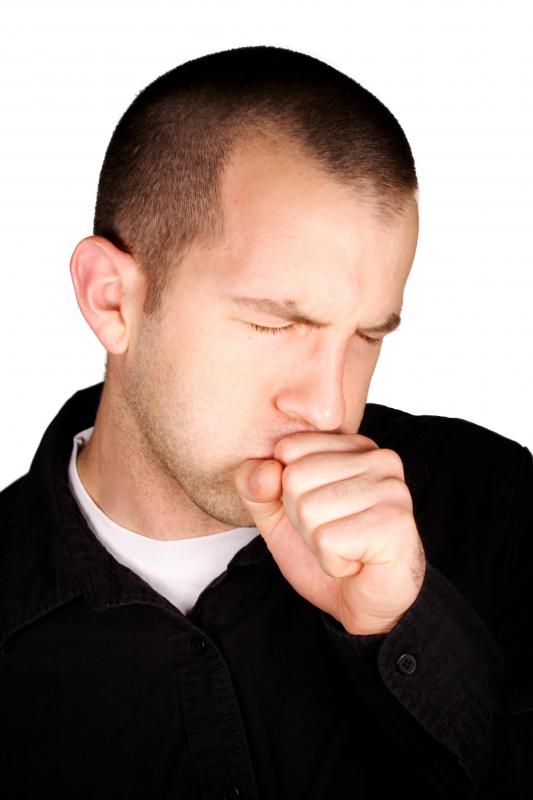At TheHealthBoard, we're committed to delivering accurate, trustworthy information. Our expert-authored content is rigorously fact-checked and sourced from credible authorities. Discover how we uphold the highest standards in providing you with reliable knowledge.
What are Lung Lesions?
A lung lesion is abnormal tissue found on or in a person’s lung. It can be the result of an infection or illness, which may clear up without causing the patient long-term problems. For example, some lung lesions develop because of tuberculosis or pneumonia infections. Others may be non-cancerous cysts or scar tissue. Unfortunately, however, the discovery of a lung lesion can also mean the patient has cancer.
Sometimes doctors discover a lung lesion because a patient has Mycoplasma pneumonia that has persisted after initial treatment. To determine why antibiotics have failed to clear up pneumonia and make sure the patient doesn’t have a more serious condition, a doctor may perform a computerized axial tomography (CAT) scan and discover a lung lesion that has formed in relation to the infection. This condition usually resolves itself on its own, though antibiotics may help some patients to recover faster. Lesions that form in relation to this type of pneumonia are unlikely to be cancerous.

In some cases, lung lesions are actually cysts filled with air, fluid, or tissue. Usually, those that form in a person’s lung are filled with air, however. There are many conditions in which lung cysts develop, but in most cases, they are not cancerous. Still, it is possible for cysts to develop cancerous cells.
Sometimes those with pulmonary tuberculosis, a contagious infection caused by bacteria, develop lung lesions as well. Usually, the tuberculosis infection is focused in the patient’s lungs, but it can also move on to include other organs. Lung lesions may be present both in patients with active cases of tuberculosis and in those who have inactive cases. They are typically discovered when a doctor performs x-rays in an attempt to diagnose a patient.

Besides infections that cause lung lesions, non-cancerous scar tissue, blisters, and even patches of inflammation can form in the lungs. Sometimes lesions are left untreated, particularly if they are very small and do not cause health problems. In other cases, they may be removed while the patient is under general anesthesia.
Sadly, some lung lesions are actually cancerous masses or tumors. The lesions may be accompanied by such symptoms as coughing, chest pain, and shortness of breath. Some people cough up blood while others do not have symptoms at all, at least in the early stages of cancer. There are many treatments for lung lesions, including chemotherapy and the removal of lung tissue.
AS FEATURED ON:
AS FEATURED ON:

















Discussion Comments
If a lesion has shrunk, what does this mean?
Taking a natural substance called phytoplankton can have very powerful healing effects on degeneration and bleeding within the body after just two weeks. complete 100 percent healing of all illness present in the body is reported after a month taking phytoplankton! No reason to not to try it out, right?
@stormyknight: Stage 1 lung cancer is the earliest stage. It is very important to determine that stage of lung cancer so that proper treatment can be rendered.
Lesions can be present in stage 1 cancer. It really depends on the condition of the lesion.
Some of the symptoms associated with stage 1 lung cancer are a persistent cough, recurring bronchitis, and sores or lesions on the lungs.
The lesions would probably not be found until a CT screening is done.
Are lung lesions usually present in Stage 1 lung cancer?
Post your comments